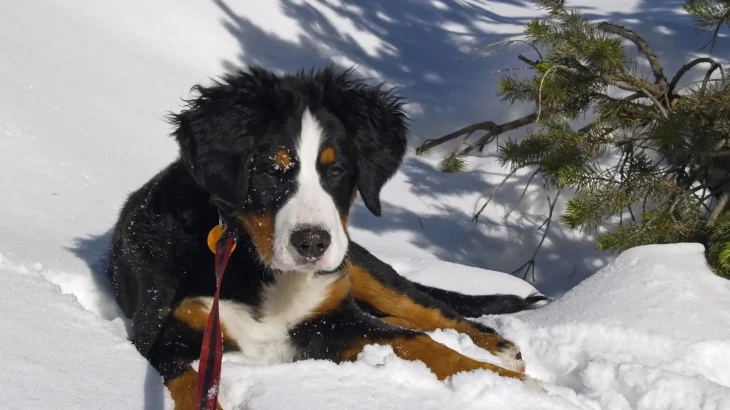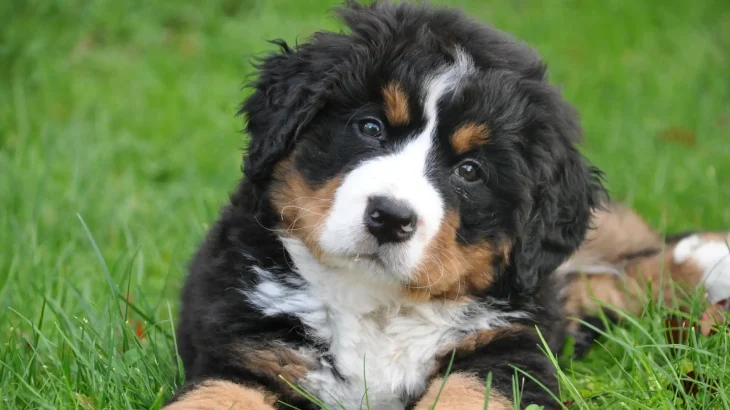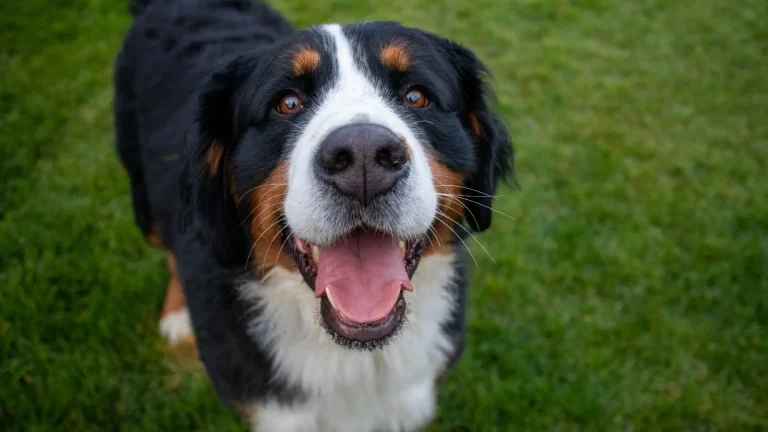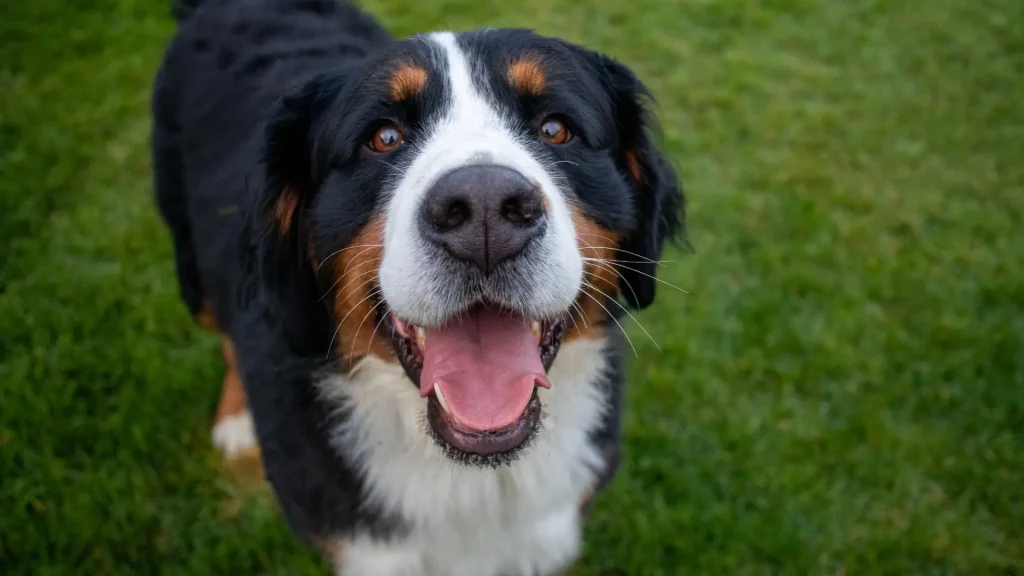Deciding whether to buy or adopt a Georgian Mountain Dog puppy depends on your priorities about health assurances and ethical choices. Buying from a reputable breeder can offer detailed health and pedigree information, while adopting lets you rescue a dog in need, though with less predictability about the puppy's background.
Adoption vs. Breeder: Pros & Cons
| Criteria | Buying from Breeder | Adopting from Shelter/Rescue |
|---|---|---|
| Cost | Higher initial cost due to breed purity and breeding expenses. | Lower fees, often more affordable and may include initial medical care. |
| Health History | Usually comprehensive health records and genetic screenings available. | Health history may be incomplete or unknown; basic screenings done. |
| Age Availability | Mostly puppies, allowing early bonding and training. | Variety of ages including puppies, adults, or seniors. |
| Temperament Insight | Breeders typically provide lineage temperament information. | Behavior assessed by shelter/rescue staff but past can be uncertain. |
| Supporting Practices | Supports selective breeding; choose ethical breeders to avoid puppy mills. | Supports animal welfare by giving homes to dogs needing rescue. |
| Breed Purity & Pedigree | Provides documented pedigree ensuring breed standards. | Breed purity may be uncertain or mixed; pedigree often unavailable. |




















































